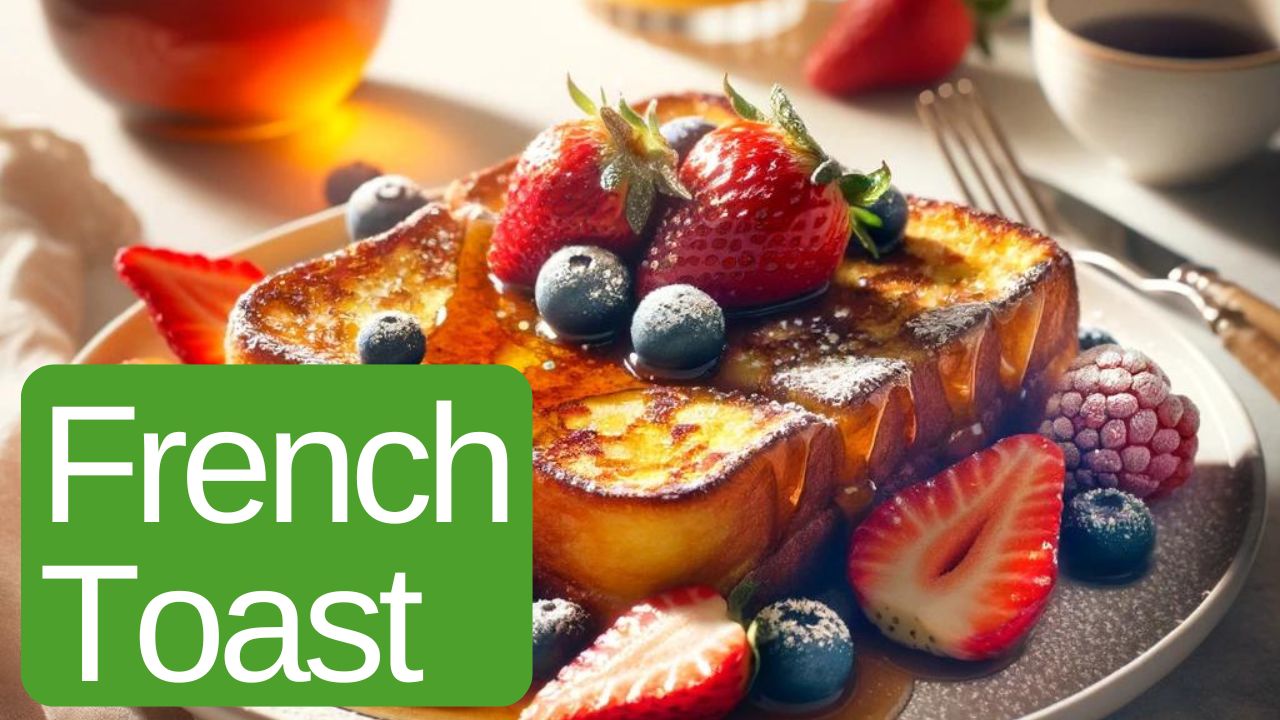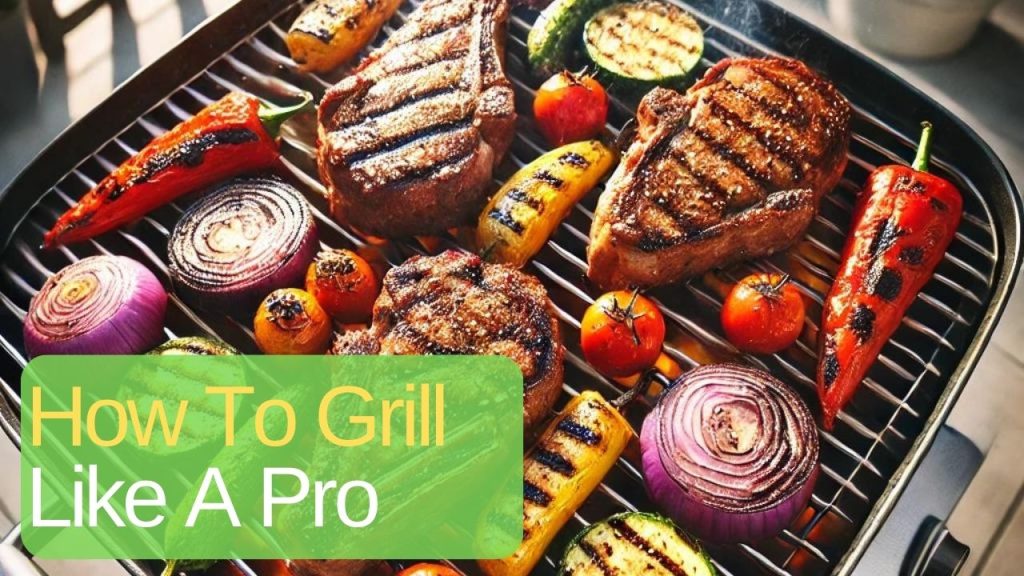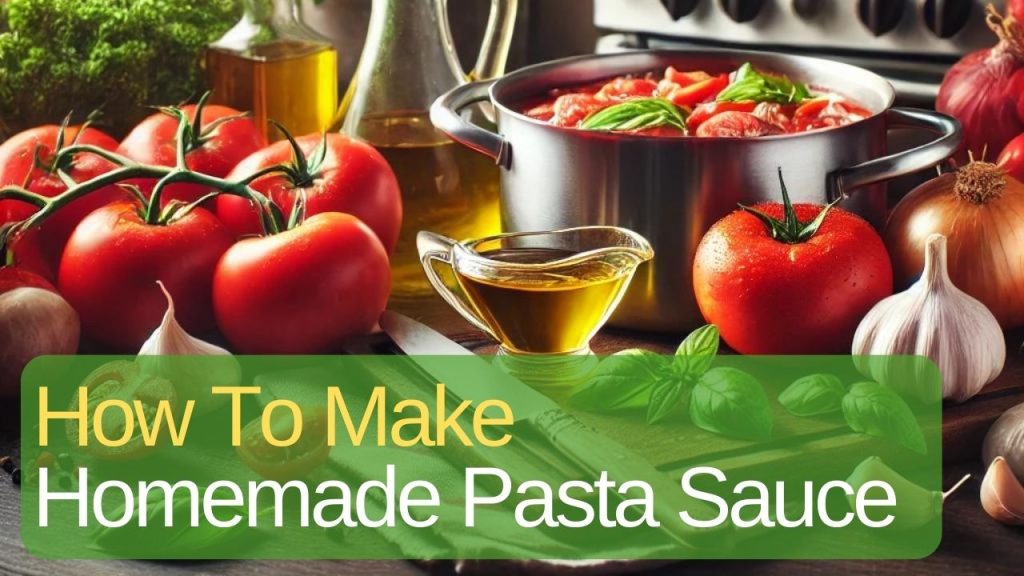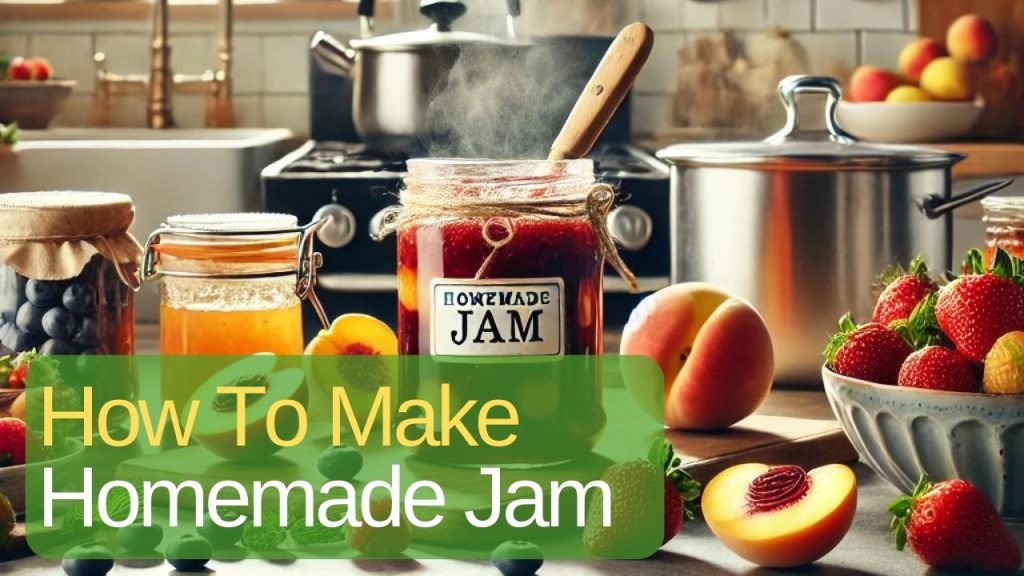French toast is a beloved breakfast classic enjoyed by people around the world. Known for its rich, custardy interior and golden-brown exterior, French toast is both simple to make and delicious to eat. In this guide, we’ll walk you through the steps of making perfect French toast, discuss variations and serving suggestions, and answer some frequently asked questions to ensure your French toast turns out great every time.
Introduction: The History of French Toast
French toast, also known as “eggy bread” or “gypsy toast,” has a history that dates back centuries. The earliest known recipe dates to the Roman Empire, where it was called “Pan Dulcis.” Over time, it evolved and became a popular dish in many cultures. Today, French toast is a staple in many households, often enjoyed for breakfast or brunch and celebrated for its versatility and comfort.
Ingredients Needed On How to Make French Toast
To make classic French toast, you will need the following ingredients:
- Bread: Thick slices of bread work best, such as brioche, challah, or Texas toast.
- Eggs: The binding agent that creates the custardy texture.
- Milk or Cream: Adds richness to the custard mixture.
- Sugar: For sweetness.
- Vanilla Extract: Enhances the flavor.
- Cinnamon: Optional, but adds a warm, spicy note.
- Butter: For cooking the French toast to a golden brown.
Possible Substitutes:
- For dairy-free options, use almond milk, soy milk, or coconut milk.
- For a lower-calorie version, use egg whites or a mixture of whole eggs and egg whites.
Step-by-Step Instructions On How to Make French Toast
- Prepare the Custard: First, in a large mixing bowl, whisk together 4 eggs, 1 cup of milk or cream, 2 tablespoons of sugar, 1 teaspoon of vanilla extract, and 1/2 teaspoon of cinnamon (if using).
- Soak the Bread: Next, dip each slice of bread into the custard mixture, allowing it to soak for about 20-30 seconds on each side. Ensure the bread absorbs the mixture but doesn’t become too soggy.
- Heat the Pan: Then, preheat a non-stick skillet or griddle over medium heat and add a tablespoon of butter. Allow the butter to melt and coat the pan evenly.
- Cook the French Toast: After that, place the soaked bread slices onto the skillet. Cook each side for about 2-3 minutes, or until golden brown. Adjust the heat as necessary to avoid burning.
- Serve Immediately: Finally, once cooked, transfer the French toast to a plate and serve hot.
Tips for Perfect French Toast:
- Use day-old bread for better absorption.
- Don’t overcrowd the pan; cook in batches if necessary.
- Keep cooked French toast warm in the oven at 200°F if making large batches.
Variations and Additions
French toast is incredibly versatile. Here are some ideas to customize your French toast:
- Types of Bread: Try using sourdough, baguette, or even banana bread for different flavors and textures.
- Toppings: Consider fresh fruits (berries, bananas), nuts, whipped cream, powdered sugar, or maple syrup.
- Flavorings: You can add a dash of nutmeg, orange zest, or a splash of rum extract to the custard.
Serving Suggestions
French toast can be served in various ways depending on the occasion:
- Casual Breakfast: Serve with a dusting of powdered sugar and a drizzle of syrup.
- Fancy Brunch: Top with fresh berries, whipped cream, and a sprig of mint.
- Healthy Option: Serve with Greek yogurt, honey, and a sprinkle of granola.
Nutritional Information On How to Make French Toast
A typical serving of French toast (2 slices) contains approximately:
- Calories: 300-400 (varies with ingredients and toppings)
- Protein: 10-15 grams
- Carbohydrates: 40-50 grams
- Fat: 10-15 grams
Healthier Tips:
- Use whole grain bread for added fiber.
- Substitute milk with a plant-based option.
- Reduce sugar or use natural sweeteners like honey or agave syrup.
Frequently Asked Questions On How to Make French Toast
1. Can I make French toast without eggs? Yes, you can substitute eggs with a mixture of 1 tablespoon of ground flaxseed or chia seeds mixed with 3 tablespoons of water for each egg. Let it sit for a few minutes to thicken before using.
2. What type of bread is best for French toast? Thick, sturdy breads like brioche, challah, and Texas toast are ideal as they soak up the custard without falling apart.
3. How do I make French toast ahead of time? You can prepare the custard mixture and soak the bread ahead of time. Store the soaked bread in the refrigerator for up to 24 hours and cook when ready to serve.
4. Can I freeze French toast? Yes, cooked French toast can be frozen. Let it cool completely, then place in a single layer on a baking sheet to freeze. Once frozen, transfer to a freezer bag. Reheat in the toaster or oven.
5. What are some common mistakes to avoid when making French toast? Avoid using fresh bread as it may become too soggy. Also, don’t cook on too high heat to prevent burning the outside while leaving the inside undercooked.
With this guide, you’re well on your way to making delicious French toast that can be enjoyed by everyone. Happy cooking!












